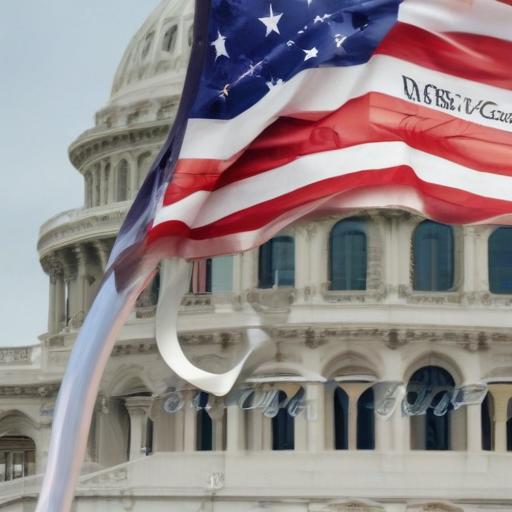President Donald Trump has once again placed a spotlight on crime in Washington, D.C., following disturbing incidents that have captured national attention. In a recent post on Truth Social, Trump characterized the capital as “one of the most dangerous cities” but promised a plan to make it “one of the safest.” He announced a White House news conference set for Monday aimed at addressing violent crime and has ordered the deployment of additional federal law enforcement agents in the city.
Despite Trump’s assertions, local data reflects a decrease in crime rates. D.C. police report approximately 900 juvenile arrests this year, which is nearly 20% less than during the same period last year. Among these, about 200 relate to violent offenses, including around 50 carjackings. This comes against a backdrop of a more extensive decline in violent crimes that began in 2023, following a troubling resurgence of homicides that previously raised alarms throughout the community.
While reports indicate a nationwide drop in violent crime—with homicides decreasing by over 30% in major U.S. cities—the emotional toll of violence remains unquantified. The reality is underscored by tragic incidents such as the recent assault on 19-year-old software engineer Edward Coristine, further compounded by other violent crimes in proximity to the Capitol.
Local officials have implemented stricter curfew laws this summer to tackle issues related to underage offenses, responding to instances of violence and disorder among youth. This includes a citywide curfew for those 17 and younger, aimed particularly at preventing late-night disturbances.
Critics of the current approach, including Georgetown Law’s Juvenile Justice Initiative policy director Eduardo Ferrer, argue that charging minors as adults is not an effective solution for reducing crime. Citing research from the Centers for Disease Control, Ferrer contends that such measures may not enhance public safety but rather contribute to higher recidivism rates.
The ongoing challenge is not only about statistics but also the palpable fear and disruption felt by residents. As communities address these issues, hopeful efforts are being made to engage local youth positively and implement preventive measures that foster safety rather than punitive responses alone.
As Washington grapples with these challenges, it remains crucial to focus on constructive approaches to crime and community safety, ensuring that policies reflect and support the majority of young individuals who are not involved in crime.
